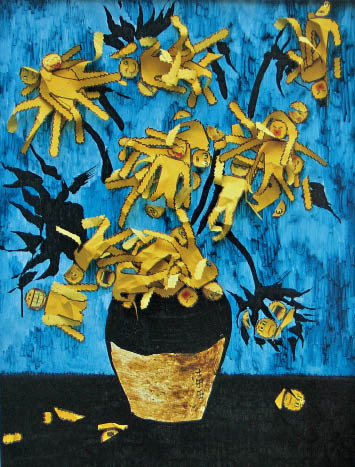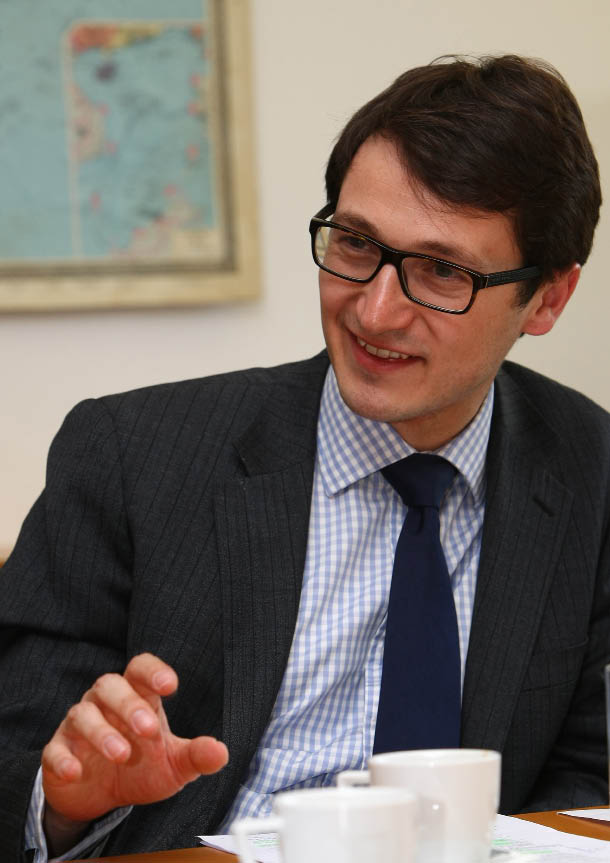Chinese Contemporary Artists (7) Wang Tiantian: A Different Story to Tell from Previous Generations
|
 |
|
To Van Gogh, Series 6, 2006. |
Tiantian explained that the difference was attributable to her pictures being class assignments at the Central Academy of Fine Arts, where teachers expected young artists to be able to draw realistically, regardless of what they chose to do in the future. I’ve always thought that this is one of the main differences between our educational systems, East vs. West.
In the West, students are encouraged to be “original” at the expense of learning basic rules of art and experimenting with comparative techniques. No one who has ever studied Picasso’s early work would disagree that he was a superb draftsman. And, in my opinion, no young artists today should be able to get through school without being required to study the work of such masters.
Wang appreciates this, and is utilizing what she has studied for her reinterpretation of art, from Fin de siècle works such as those of Van Gogh and Monet to classical works from the Song Dynasty (960-1279). As we discussed her most recent paintings, one of them a large triptych, multi-media version of one of Monet’s waterlilies, I asked her how she arrived at this theme.
“When I began college, first in Beijing and later in New York, I had a strong interest in literature, but found that I was best at producing art. For me, it was easy to make figurative drawings or paintings, but as I think artists need to continuously challenge themselves I began referencing the history of art when deciding what I would do next. New media has invaded everyone’s life. Everything digital has a strong influence on young artists who have basically abandoned realism and traditional mediums. You might say my generation has a language discrete from traditional art, so we incorporate what we know. Looking at one of my new paintings from the To Monet series, you can immediately identify Monet. But as you get closer, you see that the waterlily is actually composed of a group of three-dimensional figures, almost cartoon-like, and with the pixilated edges you might see on an image blown up on a computer screen. In my To the Song Master Life Drawing Treasure Birds series I have created more stylized birds from a classical brush painting and have attached physical objects – gold leaves – to the canvas. It’s a fusion. I think fusion is good because, as with food, a blend of traditional Chinese and international dishes is more interesting, and reminds us that we can tire of things always being the same.”

